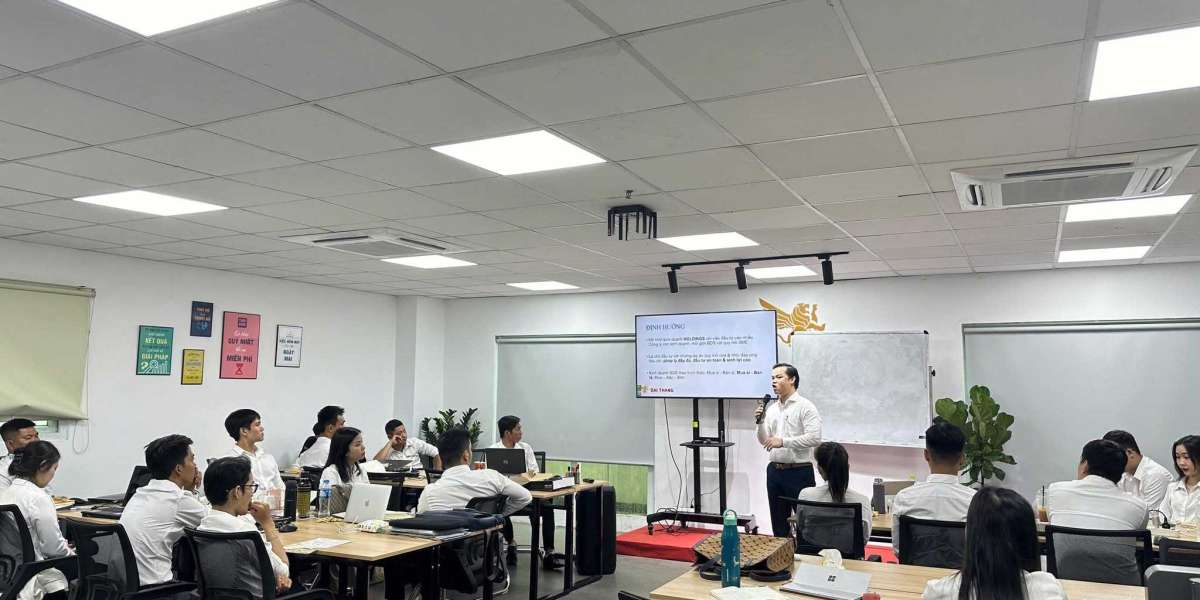Vijay Gadepally, a senior team member at MIT Lincoln Laboratory, leads a number of jobs at the Lincoln Laboratory Supercomputing Center (LLSC) to make computing platforms, drapia.org and the synthetic intelligence systems that operate on them, more efficient. Here, Gadepally discusses the increasing use of generative AI in daily tools, its concealed ecological impact, and some of the ways that Lincoln Laboratory and the higher AI community can minimize emissions for a greener future.
Q: What trends are you seeing in regards to how generative AI is being utilized in computing?
A: Generative AI utilizes maker knowing (ML) to produce new content, wiki.vst.hs-furtwangen.de like images and text, based upon information that is inputted into the ML system. At the LLSC we develop and develop a few of the biggest scholastic computing platforms worldwide, and over the past few years we have actually seen a surge in the number of projects that require access to high-performance computing for generative AI. We're also seeing how generative AI is altering all sorts of fields and domains - for example, ChatGPT is currently affecting the classroom and the workplace quicker than policies can appear to keep up.
We can imagine all sorts of usages for generative AI within the next years or so, higgledy-piggledy.xyz like powering extremely capable virtual assistants, developing brand-new drugs and links.gtanet.com.br materials, and even enhancing our understanding of standard science. We can't predict everything that generative AI will be utilized for, but I can certainly say that with increasingly more complicated algorithms, their compute, energy, and environment effect will continue to grow very quickly.

Q: What techniques is the LLSC using to reduce this climate impact?
A: We're constantly trying to find ways to make calculating more efficient, as doing so assists our information center take advantage of its resources and allows our clinical coworkers to press their fields forward in as efficient a manner as possible.
As one example, we've been minimizing the amount of power our hardware takes in by making simple changes, similar to dimming or switching off lights when you leave a space. In one experiment, we reduced the energy consumption of a group of graphics processing systems by 20 percent to 30 percent, with very little impact on their performance, by enforcing a power cap. This strategy also decreased the hardware operating temperature levels, making the GPUs easier to cool and longer enduring.
Another technique is altering our behavior to be more climate-aware. At home, a few of us may select to utilize renewable resource sources or intelligent scheduling. We are utilizing similar methods at the LLSC - such as training AI designs when temperature levels are cooler, or when regional grid energy need is low.
We also understood that a great deal of the energy spent on computing is typically squandered, like how a water leak increases your costs however with no benefits to your home. We established some brand-new strategies that enable us to keep an eye on computing work as they are running and after that terminate those that are unlikely to yield good outcomes. Surprisingly, in a number of cases we found that the bulk of calculations might be terminated early without jeopardizing completion outcome.
Q: yogicentral.science What's an example of a project you've done that decreases the energy output of a generative AI program?

A: We just recently developed a climate-aware computer system vision tool. Computer vision is a domain that's concentrated on applying AI to images; so, differentiating in between cats and dogs in an image, correctly identifying items within an image, or searching for elements of interest within an image.
In our tool, we consisted of real-time carbon telemetry, which produces info about just how much carbon is being discharged by our regional grid as a design is running. Depending upon this info, our system will immediately switch to a more energy-efficient variation of the model, which usually has fewer specifications, in times of high carbon intensity, or a much higher-fidelity variation of the model in times of low carbon intensity.
By doing this, we saw an almost 80 percent reduction in carbon emissions over a one- to two-day period. We recently extended this idea to other generative AI jobs such as text summarization and discovered the exact same outcomes. Interestingly, the efficiency often improved after using our strategy!
Q: What can we do as customers of generative AI to help alleviate its climate effect?
A: As consumers, we can ask our AI suppliers to use higher transparency. For instance, on Google Flights, I can see a variety of choices that indicate a particular flight's carbon footprint. We ought to be getting similar kinds of measurements from generative AI tools so that we can make a mindful choice on which item or platform to use based on our concerns.
We can also make an effort to be more educated on generative AI emissions in general. Much of us recognize with lorry emissions, and it can assist to speak about generative AI emissions in relative terms. People might be surprised to understand, for example, that a person image-generation task is roughly comparable to driving 4 miles in a gas vehicle, or that it takes the exact same quantity of energy to charge an electric vehicle as it does to produce about 1,500 text summarizations.
There are lots of cases where clients would enjoy to make a trade-off if they knew the trade-off's effect.
Q: What do you see for the future?
A: Mitigating the environment effect of generative AI is among those issues that people all over the world are working on, and with a comparable goal. We're doing a great deal of work here at Lincoln Laboratory, but its only scratching at the surface. In the long term, information centers, AI developers, and energy grids will need to interact to provide "energy audits" to discover other distinct methods that we can improve computing performances. We need more partnerships and more cooperation in order to advance.








